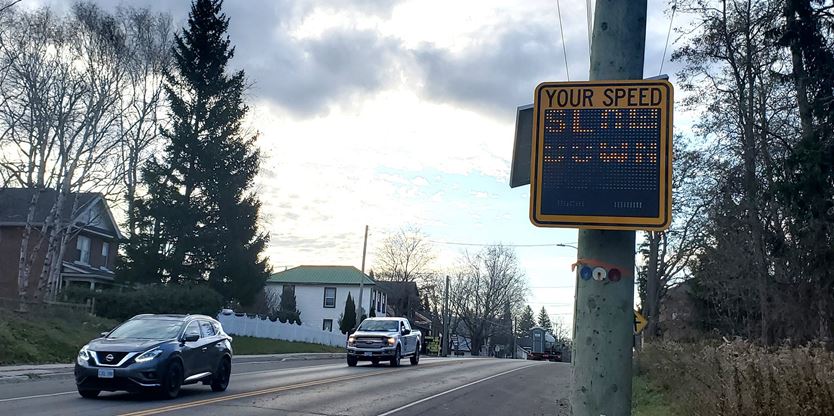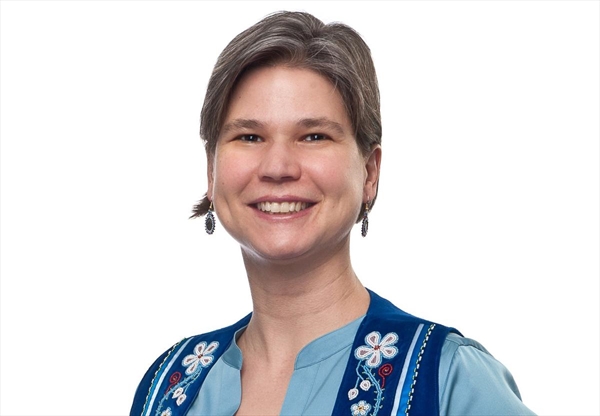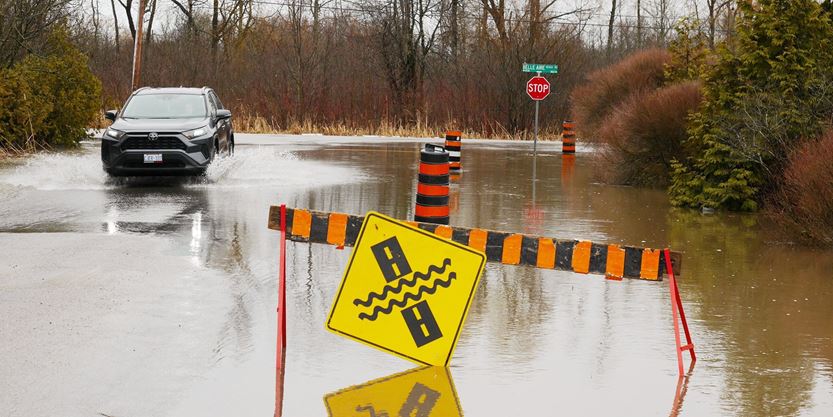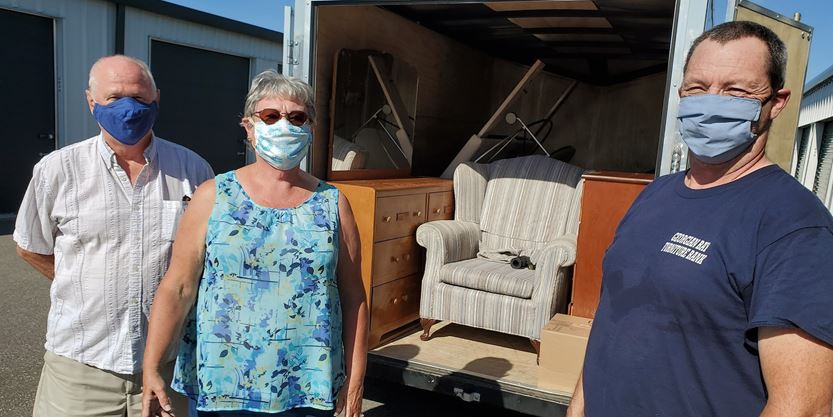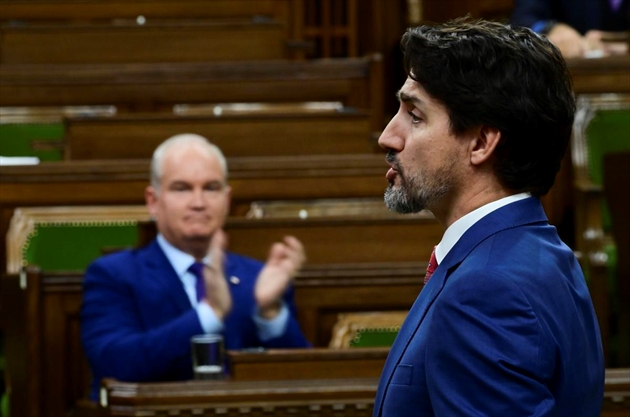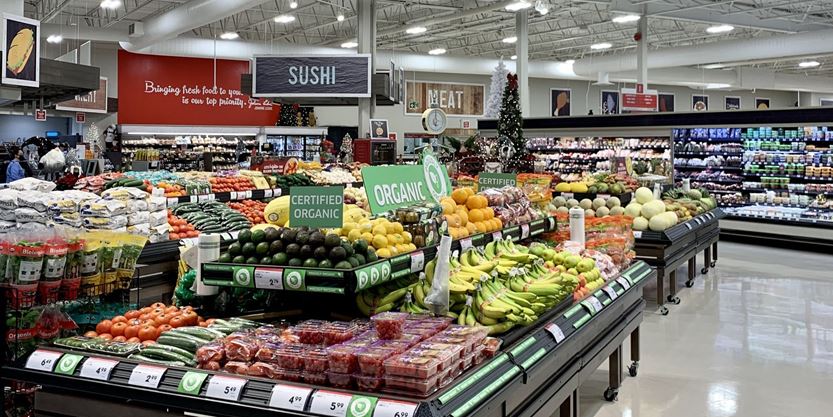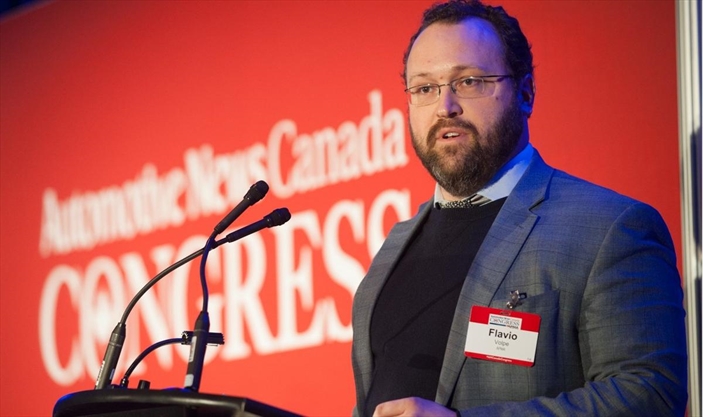Julia Smith has had difficulty breathing, body aches and “unbelievable” sinus pain ever since she caught at two weeks ago.
Despite all that, she says she has no regrets.
It’s important to keep gyms open for people’s mental health, she says.

But with fitness centres already in Toronto, Ottawa and Peel — Ontario’s COVID “hot spots” — and the province reviewing guidelines for gyms, the threat of broader closures looms large.
Some gyms are already taking action, hoping to pre-empt possible outbreaks like the one at SpinCo — which hit — and stay open as long as possible throughout the pandemic’s second wave.
Locally, the YMCA is making such moves.
Come Friday, all members will be required to wear masks at all times in their Hamilton, Flamborough and Burlington facilities — no exceptions allowed, said spokesperson Kyla Kumar.
Instead, Kumar said the facility will point those hoping to exercise without a mask to alternative options including swimming in their pools — where masks aren’t required — or participating in their online YMCA options.
“We know this is a challenging time and it’s really difficult for some people that have diagnosed medical conditions,” she said.
Kumar said the change in policy was spurred by the in cases in both Halton and Hamilton, as well as comments from Dr. Elizabeth Richardson, Hamilton’s medical officer of health, regarding the SpinCo outbreak.
In the city’s Tuesday COVID-19 update, Richardson suggested wearing masks as for SpinCo once they reopen. The studio was following all existing guidelines, she has said numerous times.
Smith isn’t sure mandating masks is the answer; SpinCo’s classes are so intense people might pass out if fabric is covering their mouth and nose, and she questions if a mask soaked in sweat effectively limits COVID spread.
But she would be in favour of additional safety measures, such as Plexiglas barriers between riders and around the instructor or, really, anything that would help keep the studio open.
Despite falling so ill she’s spent most of the past two weeks in bed, Smith, 53, is a huge proponent of SpinCo. She credits the studio with keeping her physically and mentally fit after a long and difficult two years that included a marital split, a move and, of course, a lockdown and pandemic.
She worries about how people who struggles with mental health will fare if gyms close this winter.
“It’s only going to get worse (for them),” she said.
As of Thursday, there are 196 active cases of COVID-19 in Hamilton and another 233 in Halton, according to the respective health units.
Kumar said the YMCA “landed” on the mask policy as a good next step.
“We came together and said, ‘We have a responsibility as a neighbour given the work we do and our mission at the Y to support healthy communities,’” she said.
“We’re trying to make the most responsible decisions that are really guided by the recommendations of our public health officials. We lean on that expertise,” she said.
When asked about the YMCA’s rule change Thursday, Ontario associate medical officer of health Dr. Barbara Yaffe said she thinks it’s “probably a good idea,” but facilities may want to consult with the province “on the details.”
Nonetheless, Yaffe echoed that she would support gyms changing their rules ahead of expected to be announced by the province.
“If a gym decides to go ahead on their own, I would support that,” said Yaffe, adding that she hopes to announce the new measures “shortly.”
The YMCA isn’t the only gym with a “no mask, no entry” rule; Crunch Fitness put one in place in on Sept. 1, according to their COVID-19 reopening plan.
If concerns do arise about the mask rules, Kumar said the organization would consider creating schedules that allow folks who cannot wear masks to work out mask-free in their facilities.
Ontario’s mandatory-mask order and Hamilton’s mask bylaw include exemptions for people with certain medical conditions. Both also allow people to strip off masks while working out.
In a statement, Hamilton’s manager of licensing, Monica Ciriello, said businesses can take the bylaw one step further “including refusal that is an establishment policy/practice and beyond the scope of the city’s involvement.”
As for Smith, Wednesday marked a turning point in her COVID-19 battle — she’s finally feeling better, despite a persistent cough.
Would she return to SpinCo?
“In a heartbeat,” she said.
Katrina Clarke is a Hamilton-based reporter at The Spectator. Reach her via email:
Fallon Hewitt is a Hamilton-based reporter at The Spectator. Reach her via email:

